Feb 02 2024
How To Prove Prevention Works
 Homer: Not a bear in sight. The Bear Patrol must be working like a charm.
Homer: Not a bear in sight. The Bear Patrol must be working like a charm.
Lisa: That’s specious reasoning, Dad.
Homer: Thank you, dear.
Lisa: By your logic I could claim that this rock keeps tigers away.
Homer: Oh, how does it work?
Lisa: It doesn’t work.
Homer: Uh-huh.
Lisa: It’s just a stupid rock.
Homer: Uh-huh.
Lisa: But I don’t see any tigers around, do you?
[Homer thinks of this, then pulls out some money]
Homer: Lisa, I want to buy your rock.
[Lisa refuses at first, then takes the exchange]
This memorable exchange from The Simpsons is one of the reasons the fictional character, Lisa Simpson, is a bit of a skeptical icon. From time to time on the show she does a descent job of defending science and reason, even toting a copy of “Jr. Skeptic” magazine (which was fictional at the time then created as a companion to Skeptic magazine).
What the exchange highlights is that it can be difficult to demonstrate (let alone “prove”) that a preventive measure has worked. This is because we cannot know for sure what the alternate history or counterfactual would have been. If I take a measure to prevent contracting COVID and then I don’t get COVID, did the measure work, or was I not going to get COVID anyway? Historically the time this happened on a big scale was Y2K – this was a computer glitch set to go off when the year changed to 2000. Most computer code only encoded the year as two digits, assuming the first two digits were 19, so 1995 was encoded as 95. So when the year changed to 2000, computers around the world would think it was 1900 and chaos would ensue. Between $300 billion and $500 billion were spent world wide to fix this bug by upgrading millions of lines of code to a four digit year stamp.
Did it work? Well, the predicted disasters did not happen, so from that perspective it did. But we can’t know for sure what would have happened if we did not fix the code. This has lead to speculation and even criticism about wasting all that time and money fixing a non-problem. There is good reason to think that the preventive measures worked, however.
At the other end of the spectrum, often doomsday cults, predicting that the world will end in some way on a specific date, have to deal with the day after. One strategy is to say that the faith of the group prevented doomsday (the tiger-rock strategy). They can now celebrate and start recruiting to prevent the next doomsday.

 It’s difficult to pick winners and losers in the future tech game. In reality you just have to see what happens when you try out a new technology in the real world with actual people. Many technologies that look good on paper run into logistical problems, difficulty scaling, fall victim to economics, or discover that people just don’t like using the tech. Meanwhile, surprises hits become indispensable or can transform the way we live our lives.
It’s difficult to pick winners and losers in the future tech game. In reality you just have to see what happens when you try out a new technology in the real world with actual people. Many technologies that look good on paper run into logistical problems, difficulty scaling, fall victim to economics, or discover that people just don’t like using the tech. Meanwhile, surprises hits become indispensable or can transform the way we live our lives.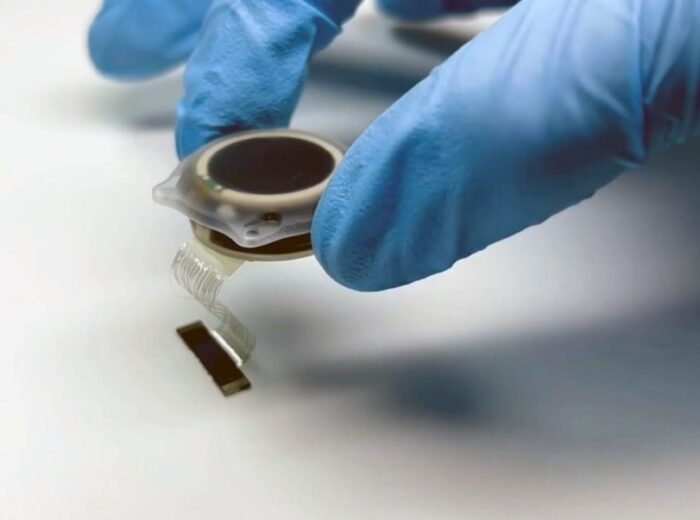 Elon Musk
Elon Musk  There is an ongoing battle in our society to control the narrative, to influence the flow of information, and thereby move the needle on what people think and how they behave. This is nothing new, but the mechanisms for controlling the narrative are evolving as our communication technology evolves. The latest addition to this technology is the large language model AIs.
There is an ongoing battle in our society to control the narrative, to influence the flow of information, and thereby move the needle on what people think and how they behave. This is nothing new, but the mechanisms for controlling the narrative are evolving as our communication technology evolves. The latest addition to this technology is the large language model AIs. My
My 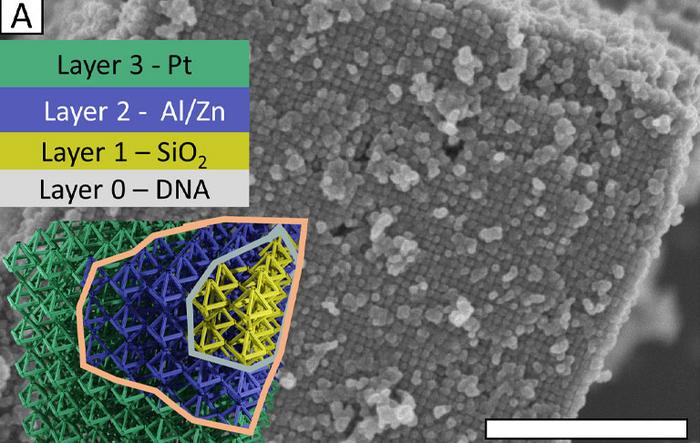 Arguably the type of advance that has the greatest impact on technology is material science. Technology can advance by doing more with the materials we have, but new materials can change the game entirely. It is no coincidence that we mark different technological ages by the dominant material used, such as the bronze age and iron age. But how do we invent new materials?
Arguably the type of advance that has the greatest impact on technology is material science. Technology can advance by doing more with the materials we have, but new materials can change the game entirely. It is no coincidence that we mark different technological ages by the dominant material used, such as the bronze age and iron age. But how do we invent new materials?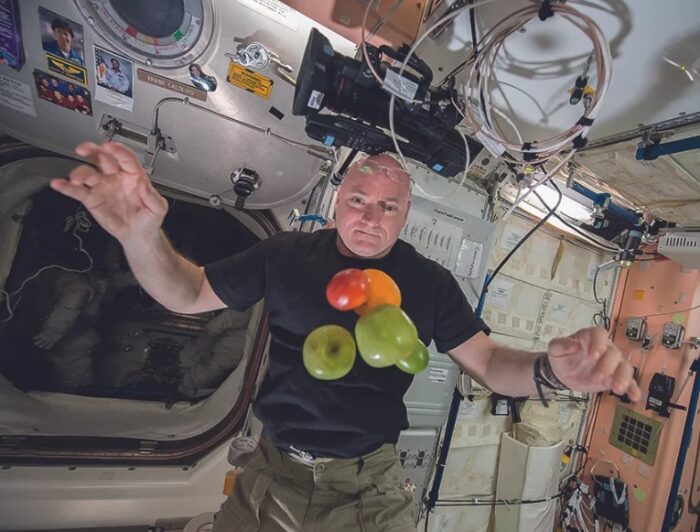 As I have written many times, including in yesterday’s post, people occupying space is hard. The environment of space, or really anywhere not on Earth, is harsh and unforgiving. One of the issues, for example, rarely addressed in science fiction or even discussions of space travel, is radiation. We don’t really have a solution to deal with radiation exposure outside the protective atmosphere and magnetic field of Earth.
As I have written many times, including in yesterday’s post, people occupying space is hard. The environment of space, or really anywhere not on Earth, is harsh and unforgiving. One of the issues, for example, rarely addressed in science fiction or even discussions of space travel, is radiation. We don’t really have a solution to deal with radiation exposure outside the protective atmosphere and magnetic field of Earth.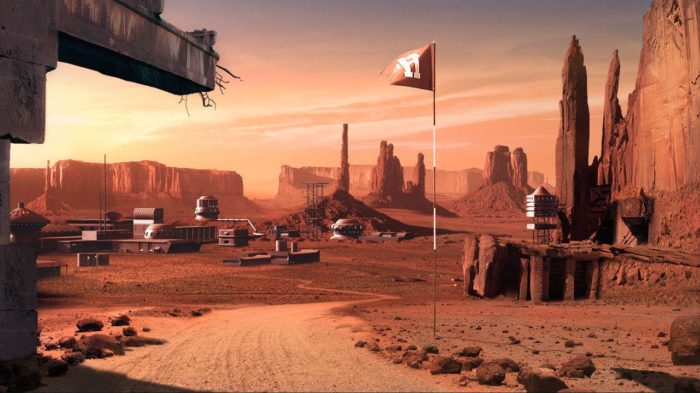 In the excellent sci fi show, The Expanse, which takes place a couple hundred years in the future, Mars has been settled and is an independent self-sustaining society. In fact, Mars is presented as the most scientifically and technologically advanced society of humans in the solar system. This is presented as being due to the fact that Martians have had to struggle to survive and build their world, and that lead to a culture of innovation and dynamism.
In the excellent sci fi show, The Expanse, which takes place a couple hundred years in the future, Mars has been settled and is an independent self-sustaining society. In fact, Mars is presented as the most scientifically and technologically advanced society of humans in the solar system. This is presented as being due to the fact that Martians have had to struggle to survive and build their world, and that lead to a culture of innovation and dynamism. Have you heard of Cope’s Rule or Foster’s Rule?
Have you heard of Cope’s Rule or Foster’s Rule? 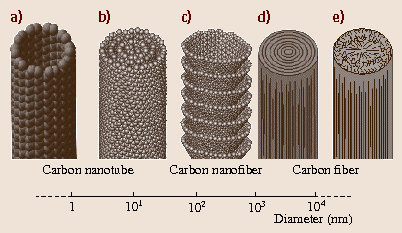 One of the dreams of a green economy where the amount of CO2 in the atmosphere is stable, and not slowly increasing, is the ability to draw CO2 from the atmosphere and convert it to a solid form. Often referred to as carbon capture, some form of this is going to be necessary eventually, and most climate projections include the notion of carbon capture coming online by 2050. Right now we don’t have a way to economically and on a massive industrial scale pull significant CO2 from the air. There is some carbon capture in the US, for example, but it accounts for
One of the dreams of a green economy where the amount of CO2 in the atmosphere is stable, and not slowly increasing, is the ability to draw CO2 from the atmosphere and convert it to a solid form. Often referred to as carbon capture, some form of this is going to be necessary eventually, and most climate projections include the notion of carbon capture coming online by 2050. Right now we don’t have a way to economically and on a massive industrial scale pull significant CO2 from the air. There is some carbon capture in the US, for example, but it accounts for 




